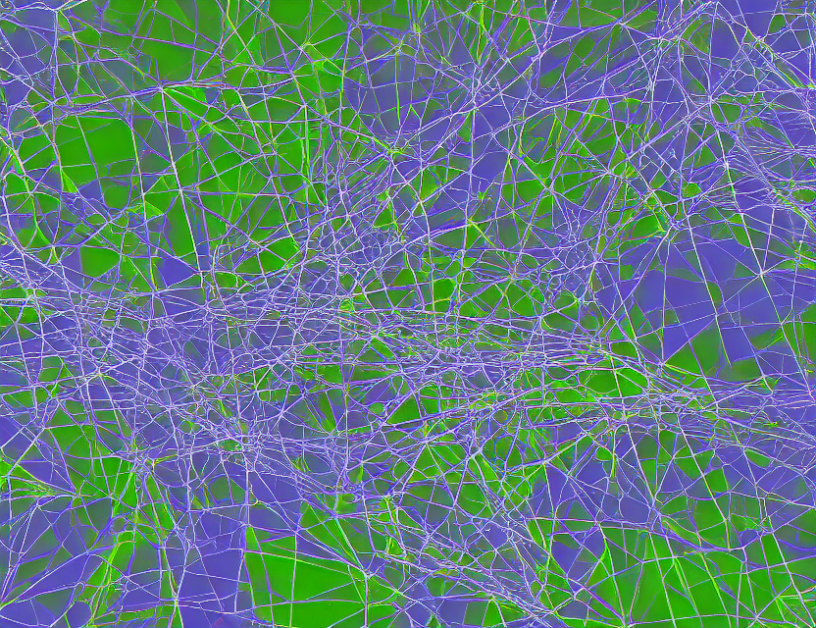In this article, we explore efficient model compression techniques for deep neural networks, which are crucial for improving the performance of computer vision tasks. We discuss four categories of structured pruning methods, including gradient-based, evolutionary-based, lottery ticket hypothesis, and special granularity. Each category has its unique approach to pruning, such as removing entire layers or specific neurons, and adjusting the model’s capacity based on performance.
The article highlights several representative studies that demonstrate the effectiveness of these techniques in various computer vision tasks, including image classification, object detection, and segmentation. For instance, ProxylessNet-Mobile reduces the number of parameters by 65% without significantly affecting the model’s accuracy on ImageNet. Similarly, GoogLeNet prunes the top layers to achieve better performance on the CIFAR-10 dataset while reducing the number of parameters by 44%.
We also discuss potential future directions for efficient model compression, such as joint compression and special granularity. These approaches aim to improve the compression ratio while maintaining the model’s accuracy.
In summary, this article provides a comprehensive overview of the latest advances in efficient model compression techniques for deep neural networks, offering insights into how these techniques can be applied to improve the performance of computer vision tasks. By demystifying complex concepts and using engaging analogies, we aim to make the article accessible to a broad audience interested in this rapidly evolving field.
Computer Science, Computer Vision and Pattern Recognition
Pruning Deep Neural Networks: A Scientific Control Approach



